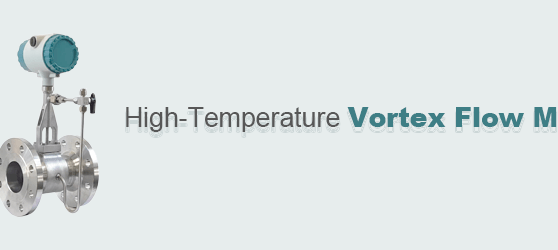Vortex flow meters are widely used in industrial applications for measuring the flow of liquids, gases, and steam. Their simple design, high reliability, and versatility make them ideal for various process control needs. But how exactly do they work? Let’s break it down.
What Is a Vortex Flow Meter?
A vortex flow meter is a type of volumetric flow measuring device that operates based on the von Kármán vortex street principle. When fluid flows past a bluff body (a fixed obstruction in the pipe), it creates alternating vortices downstream. These vortices are directly proportional to the flow velocity.
👉 Learn about other types of flow meters here
The Principle Behind Vortex Shedding
As fluid flows around the bluff body:
- Vortices are shed alternately on both sides.
- The frequency of vortex shedding is proportional to the fluid velocity.
- A sensor detects these vortices as pressure or velocity fluctuations.
- The flow rate is calculated using the Strouhal equation:
f = St × V / d
Where:
- f = vortex frequency
- St = Strouhal number (constant for a given body and flow condition)
- V = fluid velocity
- d = width of the bluff body
Components of a Vortex Flow Meter
- Bluff Body – Generates vortex shedding
- Sensors (Piezoelectric or Ultrasonic) – Detect pressure or velocity changes
- Signal Processor – Converts frequency to flow rate
- Display/Transmitter – Outputs readable flow data
✅ Explore our electromagnetic flow meter guide for comparisons with vortex technology.
Advantages of Vortex Flow Meters
- 🌀 No moving parts – minimal wear and maintenance
- 💧 Handles liquids, gases, and steam
- 📈 Wide measuring range (turndown ratio)
- 🔧 Easy installation and calibration
They are especially effective in steam measurement due to their ability to handle high temperatures and pressures.
Limitations to Consider
- Not suitable for very low flow rates or viscous fluids
- Requires straight pipe lengths upstream and downstream
- Sensitive to vibration and pulsating flows
Tip: Always follow manufacturer guidelines for installation to ensure accurate readings.
Applications of Vortex Flow Meters
- 🌡 Steam flow measurement in boilers and HVAC systems
- 🛢 Compressed air monitoring in manufacturing
- 💦 Water and wastewater flow tracking
- 🧪 Chemical and petrochemical industries
Summary
Vortex flow meters are an efficient and reliable choice for measuring flow in various industrial environments. By leveraging vortex shedding, they offer accurate, maintenance-free operation for fluids of all types. Understanding how they work helps ensure proper installation, selection, and performance optimization.

